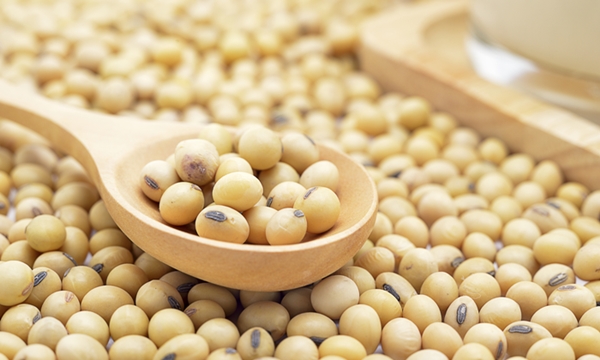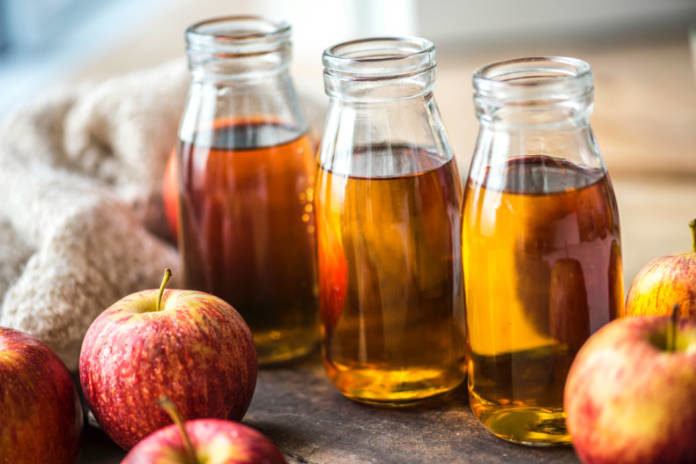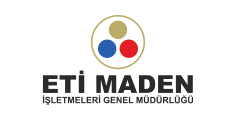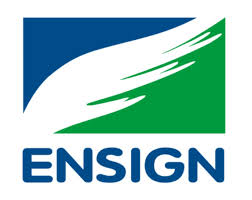Lecithin Applications
Pioneering Lecithin Performance
For more than sixty years, American Lecithin Company (ALC) has been advancing lecithin technology. We are continually involved in modifying the basic properties of lecithin to create new products that will provide better performance for more applications in a wide range of industries.
Since the innovation of lecithin fractionation technology in the 1980s, ALC has provided the broadest, most versatile line of lecithin-based products in the market place. From standard grade lecithin to modified lecithin fractions, we are committed to providing the very best in quality, consistency and technical support.
An Overview of ALC
- Founded in 1928
- Pioneered the use of lecithin products and services in food processing and many other industrial applications
- Introduced ALCOLEC®, a series of natural soybean lecithin products which set the industry standard for quality and consistency
ALC’s performance products include:
Emulsifiers
Dispersants
Wetting agents
Viscosity modifiers
Release aids
Surfactants
Nutritional supplements
The food industry has long recognized the importance of lecithin as a critical component in processing. Lecithin helps smooth the texture of food items such as chocolate and margarine and makes instant foods easy to dissolve.
Some of the food items, which most frequently incorporate lecithin, are:
Baked goods
Confections
Infant formulas
Cheese products
Industrial applications range from paints and coatings and plastics to cosmetics and magnetic tape media.
A Safe, Natural Nutrient
Beyond its functional characteristics, lecithin has added value because of its well established nutritional value. The phospholipids in lecithin are considered essential nutrients for proper functioning of the human body.
Unique Chemistry and Properties
Soybean lecithin is a complex mixture of phospholipids, glycolipids, triglycerides, sterols and small quantities of fatty acids, carbohydrates and sphingolipids.
The primary phospholipid components of lecithin are:
- Phosphatidylcholine (PC) (13%-18%)
- Phosphatidylethanolamine (PE) (10%-15%)
- Phosphatidylinositol (PI) (10%-15%)
- Phosphatidic acid (PA) (5%-12%)
The separation or “fractionation” of complex mixtures of lecithin can create new products with functionality that can be optimized to specific applications. Special grades of lecithin may include other elements such as refined oils or other surfactants.
Labeling Issues
As a natural product, lecithin offers food processors a number of labeling advantages. Products containing lecithin are “Generally
Recognized As Safe” (GRAS) under 21 CFR 184.1400 and specifications of the Food Chemicals Codex. The FDA-preferred designation is “Soy Lecithin” although “Lecithin” is often used.
Lecithin products that have been chemically modified sometimes require special labeling. When they have been hydroxylated, lecithin should be identified as “Hydroxylated Soy Lecithin” or “Hydroxylated Lecithin”. When enzymatically modified, the phrase “Enzymatically Modified Lecithin” should appear on labeling.
LECITHIN FUNCTIONS
Emulsification
The unique surface-active properties of lecithin make it ideal for emulsification. An emulsion is a stable blend of materials that do not mix easily, tending to separate.
Emulsions are produced through dispersing one immiscible phase in another by mixing, colloidal milling or homogenization. The presence of emulsifying agents maintains the stability of this dispersion.
The primary types of emulsions are oil-in-water (o/w) and water-in-oil (w/o).
Typical Emulsion
Oil-in-Water
|
Water-in-Oil
|
| Mayonnaise | Margarine and Spreads |
| Infant Formulas | Icings and Frostings |
| Hand and Body Lotions | Petroleum Emulsions |
The emulsification properties of different lecithin products are a function of their “hydrophilic-lipophilic balance” (HLB). The HLB describes the relative composition of the water-loving (polar) and fat-loving (non-polar) elements of an emulsifier such as lecithin.
Typically, lecithin products are added to the oil phase for oil-in- water emulsions. In water-in-oil emulsions, they must be added to the oil phase. Depending on the type of lecithin being used, heating to 120°f will aid in dispersion and can improve handling and mixing characteristics.
HYDROPHILIC-LIPOPHILIC BALANCE OF LECITHINS
ALC produces all-natural, soy-based and kosher lecithin products for a variety of food and other applications. They cover a wide HLB range for emulsification and come in liquid, granule and powder form. The following is a guide in choosing the appropriate ALCOLEC lecithin for an emulsification application.














